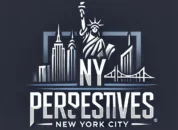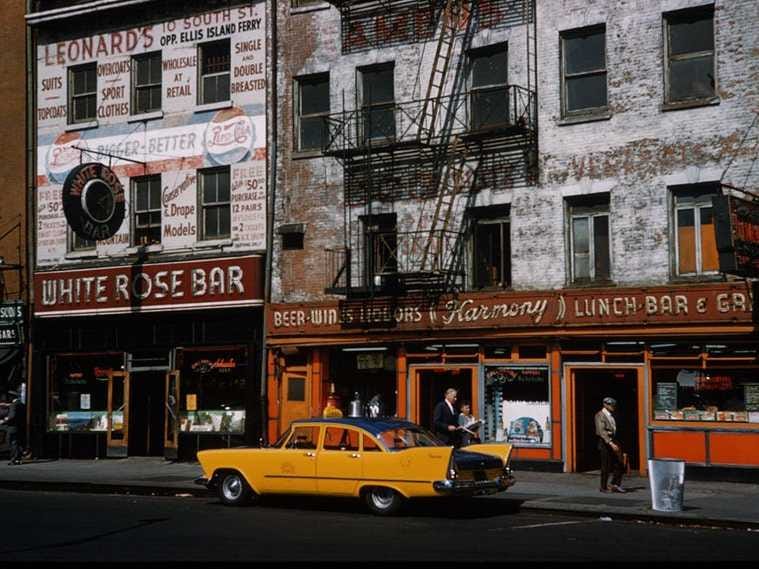Historical New York
1960s New York was gritty, glamorous, and wildly transformative. The 1960s were a time when the city pulsed with artistic rebellion, political upheaval, and architectural ambition.
Cultural & Artistic Explosion
• Pop Art ruled: Andy Warhol’s Factory became a hub for avant-garde creatives, while Roy Lichtenstein’s comic-inspired works challenged traditional aesthetics.
• Music scene thrived: Greenwich Village was alive with folk legends like Bob Dylan and Joan Baez, and The Velvet Underground echoed through underground clubs.
• Broadway boomed: Musicals like Fiddler on the Roof and Hair captured the spirit of change.
Social Movements & Counterculture
• Civil Rights activism surged in Harlem and beyond, with figures like Malcolm X shaping the discourse.
• Anti-war protests and feminist rallies filled university campuses and public squares.
• Underground press and alternative media gave voice to dissent and radical ideas.
Urban Evolution
• The World Trade Center began construction, symbolizing NYC’s global ambition.
• The 1964–65 World’s Fair in Flushing Meadows showcased futuristic tech, including early computers and space-age marvels.
• Neighborhoods like the South Bronx and parts of Brooklyn faced urban decay, even as Midtown and Wall Street flourished.
Iconic Moments
• Beatlemania hit JFK Airport in 1964, followed by their legendary Shea Stadium concert in 1965.
• The city was a backdrop for films like Breakfast at Tiffany’s and West Side Story, capturing its romantic and rebellious spirit.

